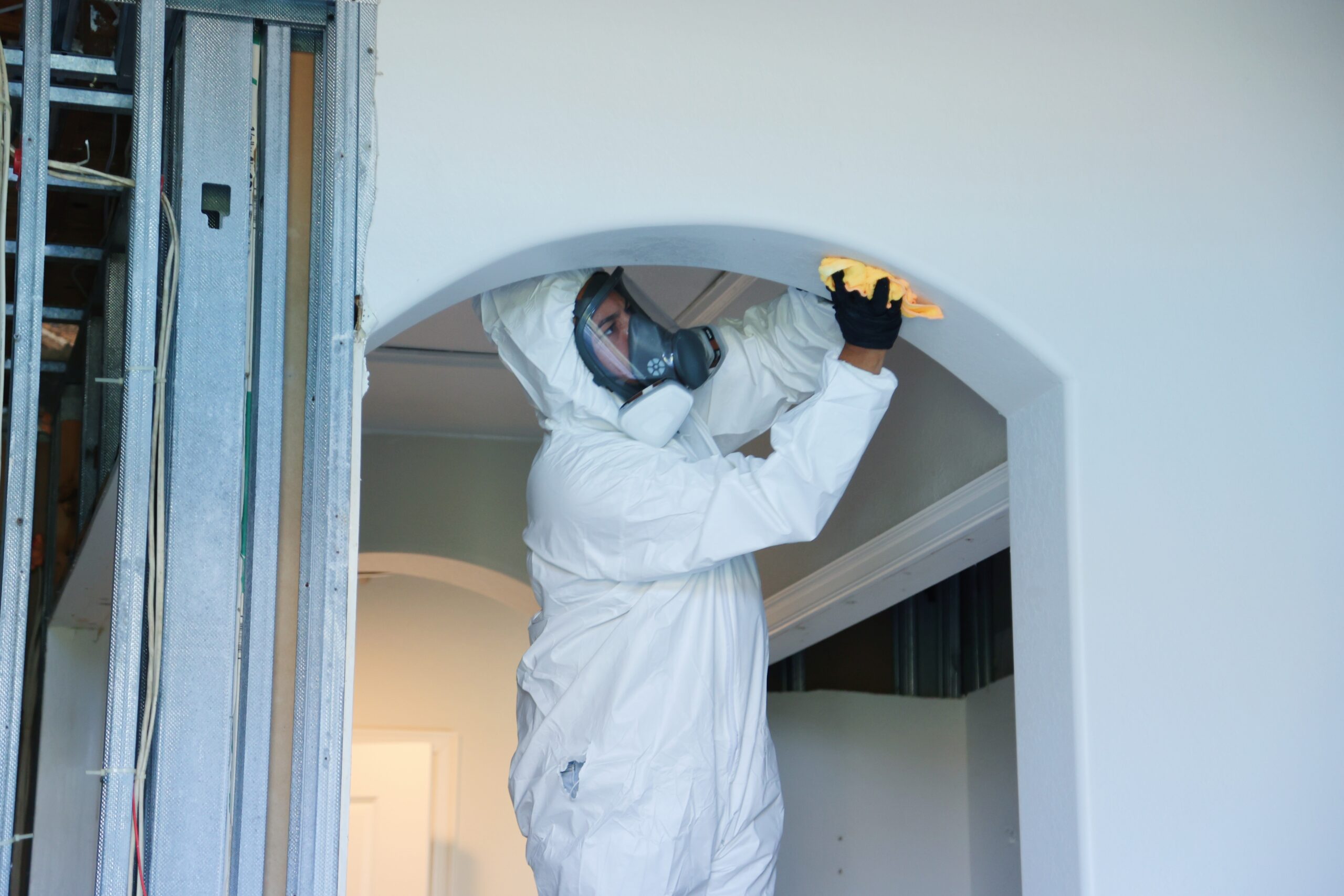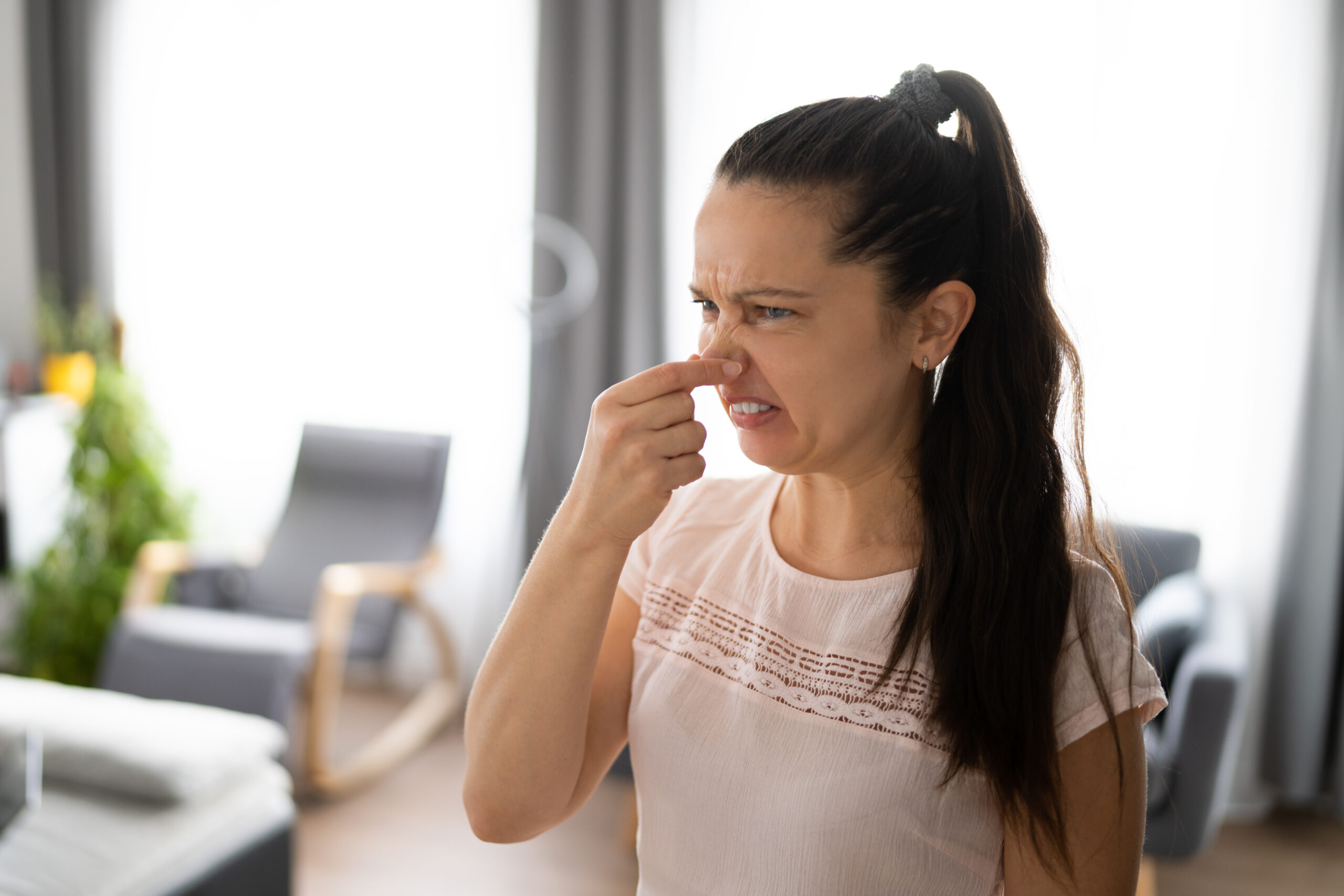One of the most common homeowner questions we hear is: “Can I just use bleach to get rid of mold?”
It sounds intuitive, bleach is known as a disinfectant, but when it comes to mold remediation, the full answer is much more nuanced. Let’s break it down.
The Bleach Reality: It’s Limited in Power
- Bleach can kill mold on hard, non-porous surfaces (like glass, tile, sealed stone) if the chlorine is in direct contact with the mold. But when mold is growing on porous or semi-porous materials (drywall, wood, grout, fabrics), bleach can’t penetrate deep enough to attack the mold roots. Instead, you might just bleach the visible color, while the mold remains active underneath.
- Experts — including the U.S. EPA — do not recommend bleach as a standard mold remediation method.
- In many cases, applying bleach to a porous surface may even worsen the problem. As the chlorine evaporates, the water portion may seep deeper and feed hidden mold, and leaves behind dead spores that can still trigger allergic reactions.
- If not done carefully, scrubbing can stir up and release spores into the air, spreading the contamination further, including into return air ducts.
So yes, bleach can kill surface mold in specific conditions, but it’s far from a full solution.
Why Relying on Bleach Alone Is Risky
- Dead mold is still problematic. Even after mold dies, spores and fragments remain and can continue to cause health issues unless removed.
- Surface-only effect. Bleach fails to reach mold embedded in porous materials, which means regrowth is likely.
- Health hazards. The fumes of bleach can be harsh, especially in poorly ventilated spaces, and combining bleach with other cleaning chemicals (like ammonia) can create dangerous gases.
What Works Better: Professional Remediation + Our Signature Fog
At Mold Zero, we use our signature fog method, a controlled, fine-mist approach designed to reach mold in hidden or hard-to-access areas without harsh chemicals or structural damage. Our process involves:
- Containment & Moisture Control – Stopping the water source or humidity is always the first step.
- Physical Removal – We remove mold growth, contaminated materials, and dead spores.
- Fog Treatment – Our signature fog fills cavities, penetrates and neutralizes mold in places you can’t see.
- Air Filtration & Purification – HEPA vacuums, negative pressure, and filtration systems make sure airborne spores are captured.
Bleach may be suitable in very limited scenarios (for small mold spots on sealed tile, for instance), but it’s never a substitute for a full remediation protocol.
What You Should Do If You Spot Mold
- Don’t spray bleach on porous surfaces like drywall or wood.
- Call a professional (like us) to assess the situation, especially if the mold area is over 10 square feet or if it’s in hidden areas.
- Let us handle the remediation safely and thoroughly, ensuring mold doesn’t come back.
Bleach alone is too blunt and too shallow for real mold problems. If you want lasting results, not just a whitewashed surface, Mold Zero is here to provide a solution that works deep, safe, and smart.
Ready for a mold assessment or have questions? Contact us today, we’re here to help. Call 727-900-7202, or reach out to us online.




